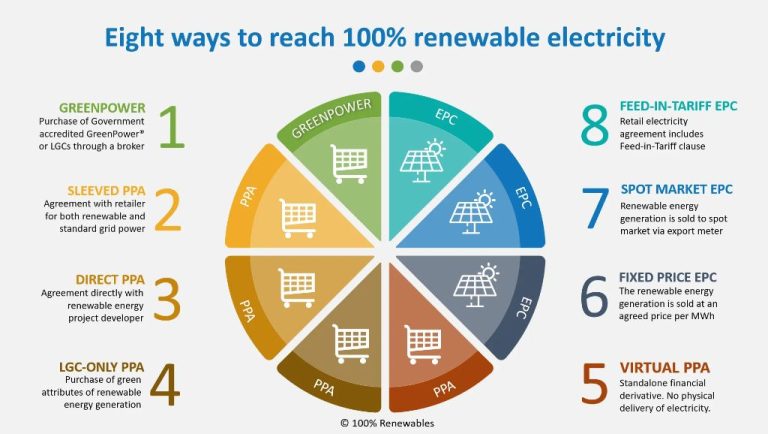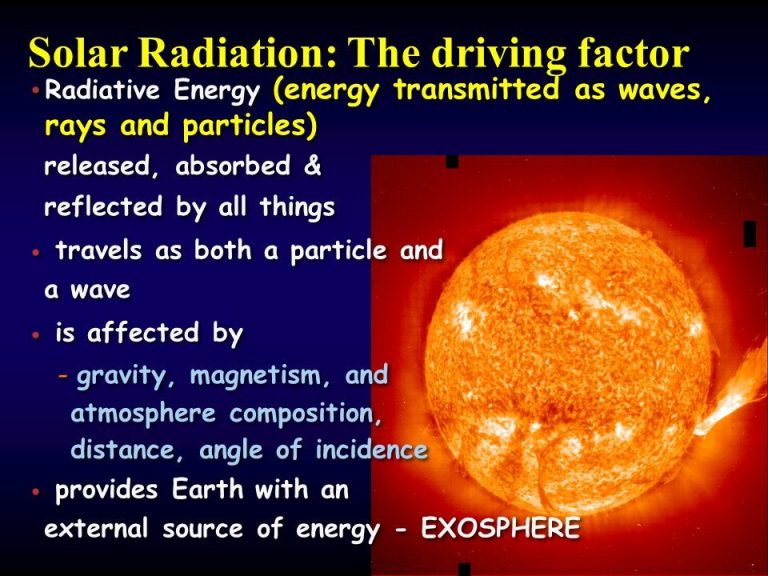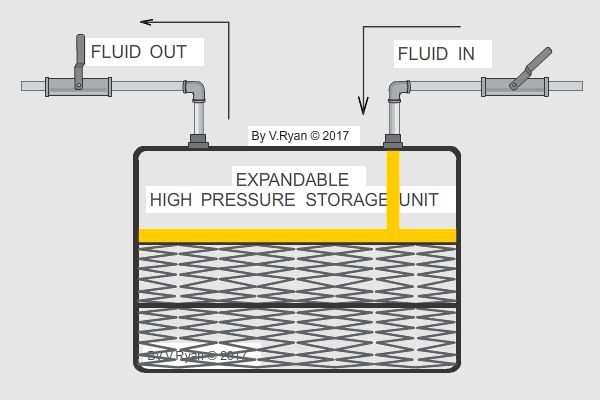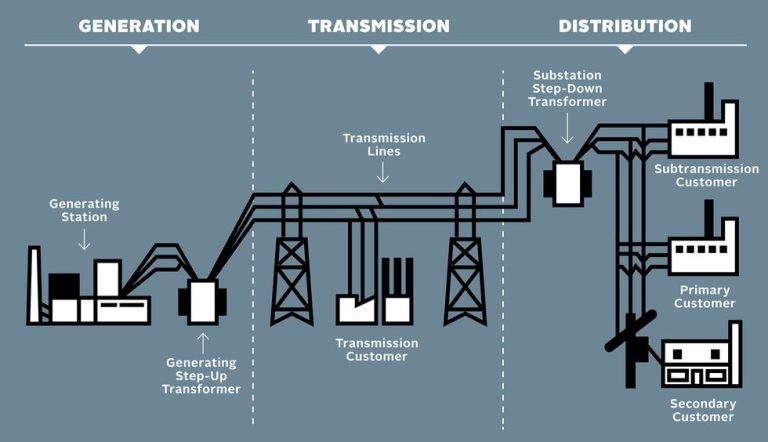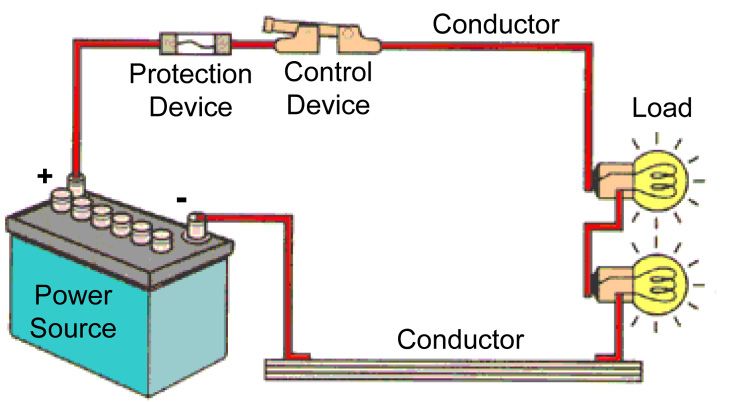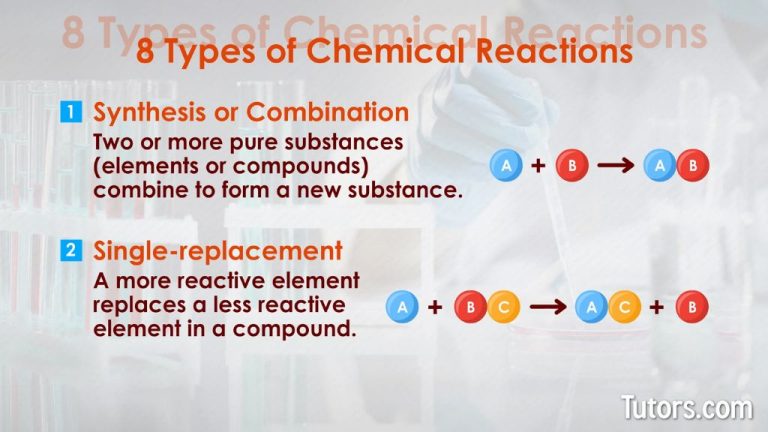Will Renewable Resources Ever Run Out?
Renewable resources are natural sources of energy that can be replenished over time. They include solar, wind, hydropower, geothermal, and biomass sources. Renewable resources are extremely important in moving towards a more sustainable future because unlike fossil fuels, they do not emit greenhouse gases when used for power generation. According to the U.S. Energy Information Administration, renewable energy accounted for 12.6% of total U.S. energy consumption and 17.5% of electricity generation in 2019. The development and increased use of renewables provides substantial environmental and economic benefits compared to fossil fuels.
Some key benefits of renewable resources include (Energy5.com):
- Lower greenhouse gas emissions
- Diversified energy supply and energy security benefits
- Job creation
- Lower air and water pollution
In summary, renewable resources are critical alternatives to finite fossil fuel supplies. Their use reduces environmental damage and moves us towards a clean energy economy. This article will explore whether renewable resources can ever run out if properly managed and conserved.
Types of Renewable Resources
There are several major types of renewable resources that are commonly used today:
Solar
Solar energy comes from the sun and is captured through solar panels to generate electricity. Solar is considered renewable since the sun’s energy is continuously supplied to the Earth (What is a Renewable Resource?).
Wind
Wind energy utilizes the natural movement of air to turn turbines and generate power. Wind is renewable since air currents are continuously flowing due to atmospheric heating and the rotation of the Earth (Renewable Resource: Definition, Considerations, and Types).
Hydro
Hydropower harnesses the movement of water, such as in rivers or waterfalls, to produce electricity. It is considered renewable because the water cycle continuously replenishes water supplies (Renewable & Non-Renewable Resources).
Geothermal
Geothermal energy utilizes heat from inside the Earth to produce steam to drive turbines. It is renewable since the Earth’s internal heat is constantly being regenerated (Renewable Resource: Definition, Considerations, and Types).
Biomass
Biomass energy uses organic matter like plants, wood, or waste to generate power. It is renewable since plants and organic matter can be replanted and regrown (Renewable & Non-Renewable Resources).
How Renewable Resources Work
Renewable resources work by harnessing naturally occurring processes to generate useful energy. Here’s an overview of how some of the main types of renewable resources work:
Solar power – Solar panels convert sunlight into electricity using the photovoltaic effect. Solar thermal systems use mirrors to concentrate sunlight to heat water or other fluids that drive steam turbines.
Wind power – Wind turbines harness the kinetic energy of wind to turn blades connected to generators that produce electricity. Larger blades can capture more wind energy.
Hydropower – Flowing water spins turbines connected to generators. Dams store water to control flow. Run-of-river systems harness the natural flow.
Geothermal – Steam or hot water from underground is brought to the surface to turn turbines. Enhanced geothermal uses injected water that is heated and returns to the surface.
Bioenergy – Plant and animal waste can be used to produce biomass fuels. Biodiesel comes from vegetable oils and animal fats. Wood pellets burn to create steam and electricity.
The key is that these resources are replenished naturally, allowing them to be harnessed again and again, unlike finite fossil fuels.
Abundance of Renewable Resources
Studies have found that renewable resources have enormous global potential to meet the world’s energy needs. According to the International Renewable Energy Agency, the technical potential for renewable energy exceeds current global energy demand by a significant margin (IRENA, 2022). Solar and wind energy alone could provide more than the global demand for electricity by 2050 (MIT, 2018).
The potential scale of renewables is vast. The earth receives 120,000 terawatts of solar energy continuously (Moriarty & Honnery, 2012). That’s over 6,000 times the global energy consumption rate. While only a fraction can be captured, the upper limit far exceeds total demand. Similar principles apply for other renewables like wind, hydro and geothermal energy.
Overall, research indicates that renewable resources are abundantly available at a global level. Their potential exceeds projected energy demand in the coming decades, suggesting they can play a major role in powering the future if harnessed effectively.
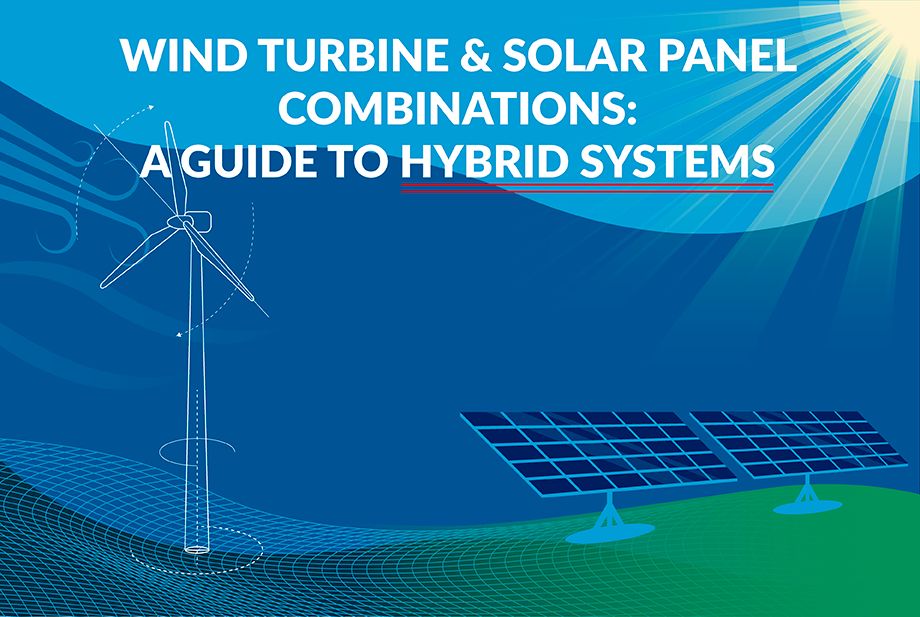
Sources:
IRENA. (2022). Renewable energy – powering a safer future. Retrieved from https://www.un.org/en/climatechange/raising-ambition/renewable-energy
MIT. (2018). On the road to renewable energy integration. Retrieved from https://web.mit.edu/mission/www/m2018/pdfs/global.pdf
Moriarty, P., & Honnery, D. (2012). What is the global potential for renewable energy? Renewable and Sustainable Energy Reviews, 16(1), 244-252. doi:10.1016/j.rser.2011.07.151
Rate of Renewable Resource Use
The rate of renewable resource use globally has been increasing rapidly in recent years. According to the International Energy Agency (IEA), the world added a record 295 gigawatts of renewable power capacity in 2021, over 15% more than 2020. Renewable sources accounted for almost 92% of all new power capacity added globally last year.
The IEA projects that renewable power capacity will grow by 2,400 gigawatts from 2022-2027, equal to the entire current power capacity of China. This is 30% higher than last year’s forecast. By 2027, global renewable power capacity is expected to reach over 4,500 gigawatts, up from under 3,000 gigawatts today. The main drivers are solar PV and wind which are expected to account for over 90% of renewable power growth.
The growth in renewables reflects their increasing cost competitiveness as well as government policies aimed at improving energy security and addressing climate change. The share of renewables in global electricity generation is projected to rise from 29% in 2020 to over 40% by 2030. With rapidly falling technology costs and strong policy support, renewables are on track to become the main source of power generation growth globally this decade.(1)
Challenges With Scaling Renewables
While renewable energy offers enormous potential benefits, scaling up renewable infrastructure faces several key challenges. Some of the main obstacles include:
Intermittency: Many renewable sources like solar and wind are intermittent, meaning they are weather-dependent and lack consistent output. This creates difficulties matching supply with demand on an electrical grid. Large-scale energy storage solutions are needed to capture energy during peak production and deploy it when renewable resources are unavailable.
Storage: Current grid-scale storage technology remains expensive and limited. Better storage is critical for addressing the intermittency issues of renewables and providing a steady power supply (Source).
Transmission: Renewable sources are often located far from population centers and require expanded transmission infrastructure to transport the energy. Building new long-distance transmission lines faces financial, regulatory, and public acceptance obstacles. Upgrading grids with advanced “smart grid” technologies can also be costly.
Cost: While prices have declined substantially, large upfront capital costs for building utility-scale renewable facilities remain a barrier, especially in developing countries. Intermittent operation also reduces profitability compared to “always on” plants. Public policies like tax credits and carbon pricing can help improve the economics.
Can We Run Out?
While renewable resources are theoretically infinite, it is possible for us to deplete them if the rate of use exceeds the rate of natural renewal. For example, trees can be replanted and regrow over time, but if we cut them down faster than they can regrow, deforestation occurs and we will run out of trees in that area. Similarly, overfishing a population can lead to stock collapse if fish are caught faster than they can reproduce. As per this source, renewable resources like wind and sunlight truly won’t run out, but many others have breaking points if consumption exceeds renewal.
However, with proper management of renewal rates and sustainable harvesting, it’s possible to use renewables indefinitely. The rate of consumption is within our control. With reasonable usage and conservation, even limited renewable stocks like trees, fish, and fresh water can be maintained over the long-term. So whether we deplete renewables depends on developing the willpower, foresight and wisdom as a society to live within our environmental means.
Examples of Sustainable Use
Some countries and states have demonstrated the ability to meet significant portions of their energy demand through renewable sources in a sustainable way. For example, according to a 2022 report by REN21, many European countries like Denmark, Germany and Spain generate 20-50% of their electricity from wind and solar power. Countries like Iceland and New Zealand generate almost all their electricity from renewables like hydroelectric and geothermal sources.
Some U.S. states also lead the way. South Dakota generates over 90% of its electricity from hydro and wind. California meets over 30% of its demand from renewables like solar, wind and geothermal. These examples show that with the right natural resources, infrastructure investment and political will, renewables can sustainably meet a substantial portion of energy needs.
The Role of Conservation
Conservation plays an essential role in ensuring renewable resources can meet our needs sustainably over the long-term. As the National Geographic explains, “Through conservation, people can reduce waste and manage natural resources wisely” (https://www.nationalgeographic.org/article/conserving-earth/). Conservation efforts like planting trees, reducing soil erosion, and repurposing materials can help renewable resources last longer (https://www.greenmatters.com/p/why-resource-conservation-efforts-necessary).
Efficiency improvements also allow us to get more out of renewable sources like solar, wind, and hydropower. As Energy5 notes, “By embracing energy-efficient technologies, individuals and businesses can greatly reduce their energy consumption while still enjoying the benefits” (https://energy5.com/energy-conservation-an-essential-responsibility-for-all). With conservation and efficiency efforts, renewables can go further in meeting our energy needs in a sustainable way.
The combination of reducing waste through conservation and getting more productivity from each unit of renewable resources is key. With wise management of renewables through conservation and efficiency, these resources can provide sustainable energy far into the future.
Conclusion
In summary, renewable resources are diverse and abundant, whether we are talking about solar, wind, geothermal, or bioenergy. The key is to utilize these resources sustainably rather than depleting them faster than they can replenish. With prudent management and continual improvements in technology to harvest renewables more efficiently, experts agree that renewable resources need never run out.
The main challenges are scaling up renewables quickly enough to meet rising energy demands globally, while implementing conservation practices to avoid waste and overuse. But the potential is enormous. The sun provides more energy in one hour than humanity uses in an entire year. Winds, rains, and plant growth can be harnessed indefinitely. Geothermal heat emanates constantly from the earth’s core. The tides rise and fall perpetually. With care and innovation, renewable resources can support human civilization far into the future.
In conclusion, renewable resources have the capacity to provide abundant, sustainable energy essentially forever. The key is developing the infrastructure, technology, and responsible practices to utilize them effectively.

